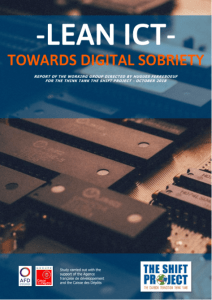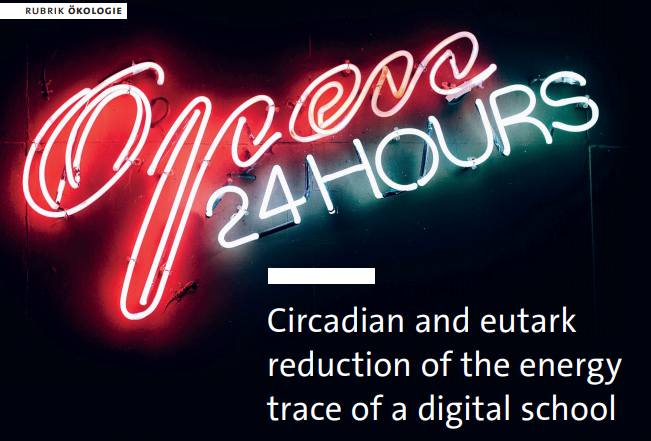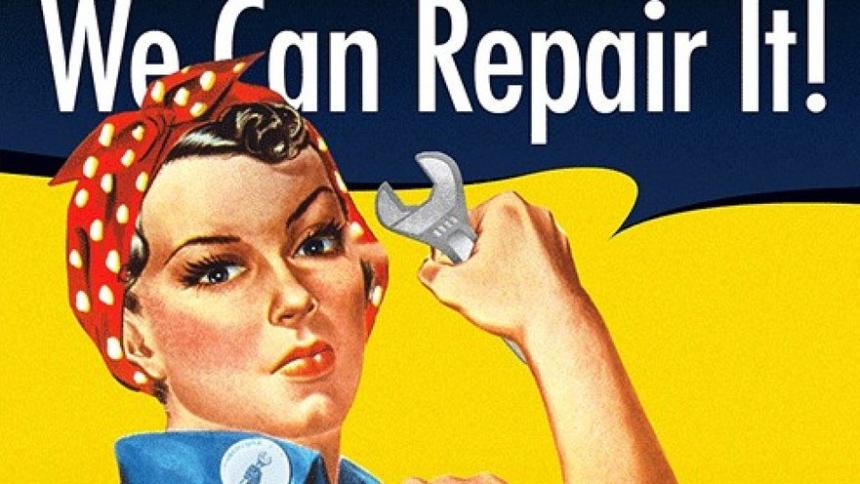- founder of oldest Slovak digital community kyberia.sk
- Bc. in humanities (Charles University in Prague) and Bc. in linguistics (Universite de Nice Sophia-Antipolis)
- MSc. in cognitive sciences (Ecole Pratique des Hautes Etudes, Paris)
- PhDs. in psychology (Universite Paris 8) and cybernetics (Slovak University of Technology)
- ex IT-Admin of UdK's Medienhaus
- Digital Education juniorprofessor (Einstein Center Digital Future / UdK)
- You invited me
- I used to be a rebel and maybe still am one (in disguise)
- I have two children and my duty is protect their dreams from getting "stolen"
- in the Bildung Digitale curriculum I am slowly developing, Nature is the primary among three "core" concepts (Nature, Human, Computer)
- in my main design project (digitale Fibel) ecology plays a very important role
- and ...
CO2-Neutrality and Digital School: can we align them?
Track eCampus of the conference Campus Innovation 2019
Donnerstag, 21. November 2019, 15:50–17:30, Hamburg
Abstract
In this talk, we shall propose multiple concrete and practical tips how a contradiction between goal of carbon neutrality on one hand, and demands of energy-hungry digitalisation on the other, could potentially be resolved, at least in educational settings. Besides a brief discussion of some basic facts concerning renewable resources and photovoltaic technologies, we shall mainly focus on concepts of circadian and energy-autark (eutark) devices. While circadian devices are defined as devices with pre-built daily “rhythms", eutark devices are devices able to generate energy necessary for their own operation. Contingently to constraints of circadianity and eutarky, we shall present further enviromentally relevant design choices which were made during the development process of the "digital Primer" (digitale Fibel). The primer is a DIY digital education artefact aiming to attain operational CO2-neutrality by means of combining circadian components and strategies with well-selected hardware (Pi Zero instead of Pi 3 or 4), interfaces (e-paper instead of screens) and software (bare-bone OS, optimized code) etc. Towards the end of the talk we will discuss the potential didactic impact of primer-like devices on the behavior of their users, further amplifying positive ecological implications of our proposal.
... sucks out the life-force from forests and coral reefs
... pollutes with excrements which cannot be composted

- already available: wind, photovoltaics, thermal, heat pumps
- just arriving: photobioreactors (e.g. algae-based) and carbon-sequestrating paints
- source of hope: fusion energy (e.g. Wendelstein 7-X sterellator project in Greifswald)
- audit, diagnose & optimize electricity demands of your digital infrastructure
- implement localized, circadian and eutark strategies

- recycle & upcycle
- establish repair cafes
- adopt a digitaly sober, and lean ICT strategy *
- buy the least powerful equipment possible
- change equipment as rarely as possible
- reduce unnecessary energy-intensive use

Note: devices consume electricity even when they are in idle / standby modus.
- put electricity meter(s) between Your electricity plug and Your devices to assess true power consumption of Your office or classroom
- identify culprit devices
- identify most power-hungry processes : COMPUTATION AND POWER CONSUMPTION ARE CLOSELY RELATED
- if possible, optimize Your processes / code
- focus on habit-related and "historical" reasons
- note: many "analogue" administration or HR procedures can (and should) also be optimized

That is, a device manifesting at least two state transitions (for example “deep-sleep to full activity; full activity to deep-sleep”) within a 24-hour period.
Ideally, the very hardware of such device is designed & optimized to be automatically turned “on” and “off” on a regular basis.
A “deep sleep” of a certified CD is to be characterized by energy consumption limitely close to zero. This implies that—with exception of few microor nanoamperes keeping the reactivation clock battery alive in order to know when to trigger the relaunching spark—a certified CD will be simply and measurably, off."
(Synergie #7, 2019, Hamburg)

into crontab file of WLAN router which runs on OpenWRT to shutdown wifi on weekends and between 23:00 and 07:00.
This definition implies that an eutark device:
- should produce as much energy as it can
- should consume as little energy as possible
USE VOLUME ::
Imagine that solar cells necessary to power Your device have 5mm thickness. Given that the enclosure of Your device is 5cm thick, You can potentially pack 10 layers (panels) of solar cells into it.
This implies that You can potentially unpack 0,62 m2 of solar panels out of a device enclosure with a surface area of an A4 paper (=0,062 m2),
USE E-Paper instead of screens
E-paper does not radiate light and hence does not consume electricity in order to display content. Energy is consumed only when content is changed. Hence, e-paper is to be understood as the solution of choice for any non-animated content.
NOTE: e-paper and circadian strategies are a very good match


- increase the life-time of Your devices (e.g. 37% reduction of related GHG caused by increasing the lifetime of laptops from 3 to 5 years)
- Repair Cafes, upcycling, composting
- incentivize presence of plants in offices and classrooms
- embelish campus lawns ("green deserts") with trees
- reduce meat consumption
- raise awareness
https://theshiftproject.org/wp-content/uploads/2019/03/Lean-ICT-Report_The-Shift-Project_2019.pdf
/